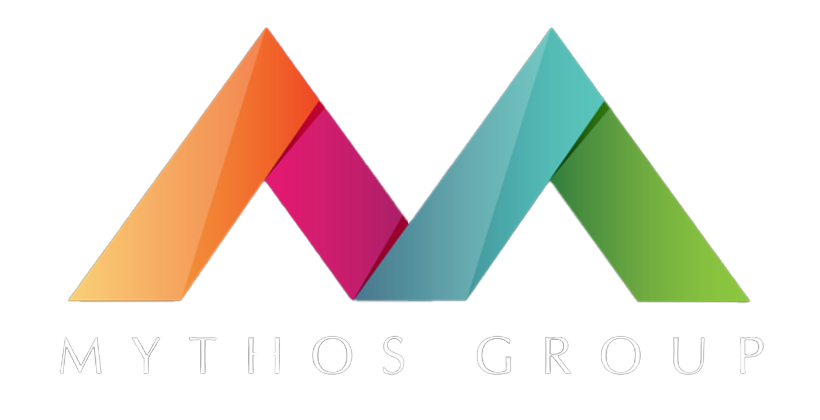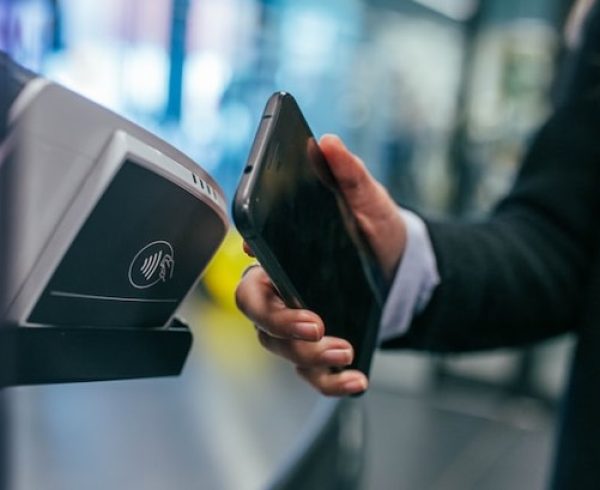As COVID-19 restrictions begin to ease around the country, banks are heading back to work, some with clear plans and others less so. As offices and branches get back into action, albeit at a lower capacity, how can banks create a workplace that both empowers employees, and keeps them and the customers safe? More importantly, how can banks use this time to recalibrate and create offerings that customers love?
Safety First
As banks begin to re-open branches, they can’t simply fling open the doors and welcome customers with open arms. Every single customer-facing operation needs to be critically evaluated and physically re-imagined. As customer and employee safety is paramount, some areas to consider:
- Branches will need to be redesigned with plexiglass dividers between agent and customer, limits to how many customers can be inside at any one time, and re-configured layouts within the branch itself.
- Compliance with social distancing, and other CDC / State / Federal healthcare mandates, which may also include new cleaning and disinfecting practices. These are constantly changing and vary from state to state and even city by city so a task force needs to be established to constantly monitor the regulations. In addition, action plans should be prepared in case an outbreak does occur.
- Reduced number of employees and/or staggered working hours.
- Customers may need to schedule appointments in order for banks to control the number of people in a branch at any one time.
Focused Emphasis On Self-Service… With A Caveat
A recent study[1] conducted by Boston Consulting Group just months after the shutdown, indicates that 24% of customers are planning to use branches less, or stop visiting completely. That echoes an observation by The Financial Brand that banking is moving away from branch-heavy services such as cash withdrawals and deposits which can be done at ATMs, to more personalized services. Branches are likely to become places to sell financial management and business services, rather than places for transactions.
However, branches will continue to be important for the unbanked, underbanked, rural communities, and casual workers. Many low-income customers do not have access to reliable internet access, effectively limiting their ability to access online banking and other digital services. The FCC finds that more than 21 million people in the US lack high-speed connectivity, with some reports claiming even higher numbers. The situation is worse during the pandemic with schools, libraries, and public WiFi locations closed or inaccessible.
Banks must seriously consider these factors when determining how to connect the physical and digital worlds, without leaving members of the community behind.
Reduced Hours
Like the retail sector, many banks have already reduced or refined their working hours to provide ample time for cleaning and disinfecting, and to reduce the amount of branch staff at any one time. Consideration should also be given to customers more vulnerable to the virus, by offering them dedicated times to do their banking.
More Virtual Offerings
For customers already using online banking services, there will be little difference in their day-to-day experiences. However, it’s likely to be more of a challenge for those who haven’t made the switch to digital services. Now is the perfect time to introduce new technologies that will ease the path to a new way of banking, and to help them comfortably connect the physical and digital worlds.
It’s also an opportunity to connect with SME and business customers in a more personal way – something that may not have been happening pre-COVID. Whether it’s one-on-one video meetings to upsell services, conducting wealth management interviews, or simply to send a personalized video message, the human touch remains important.
There’s no question that with more employees working remotely and customers less likely to visit storefronts, the branch as we know it will change. The pandemic has dramatically accelerated digital transformation in the banking sector yet enormous opportunities remain for those banks willing to embrace the change.
Mythos Group’s presentation, “Post COVID-19: Reimagining Banking”, contains more detail on this and other recommendations, and is available to download for free from https://bit.ly/MG-White Papers.






